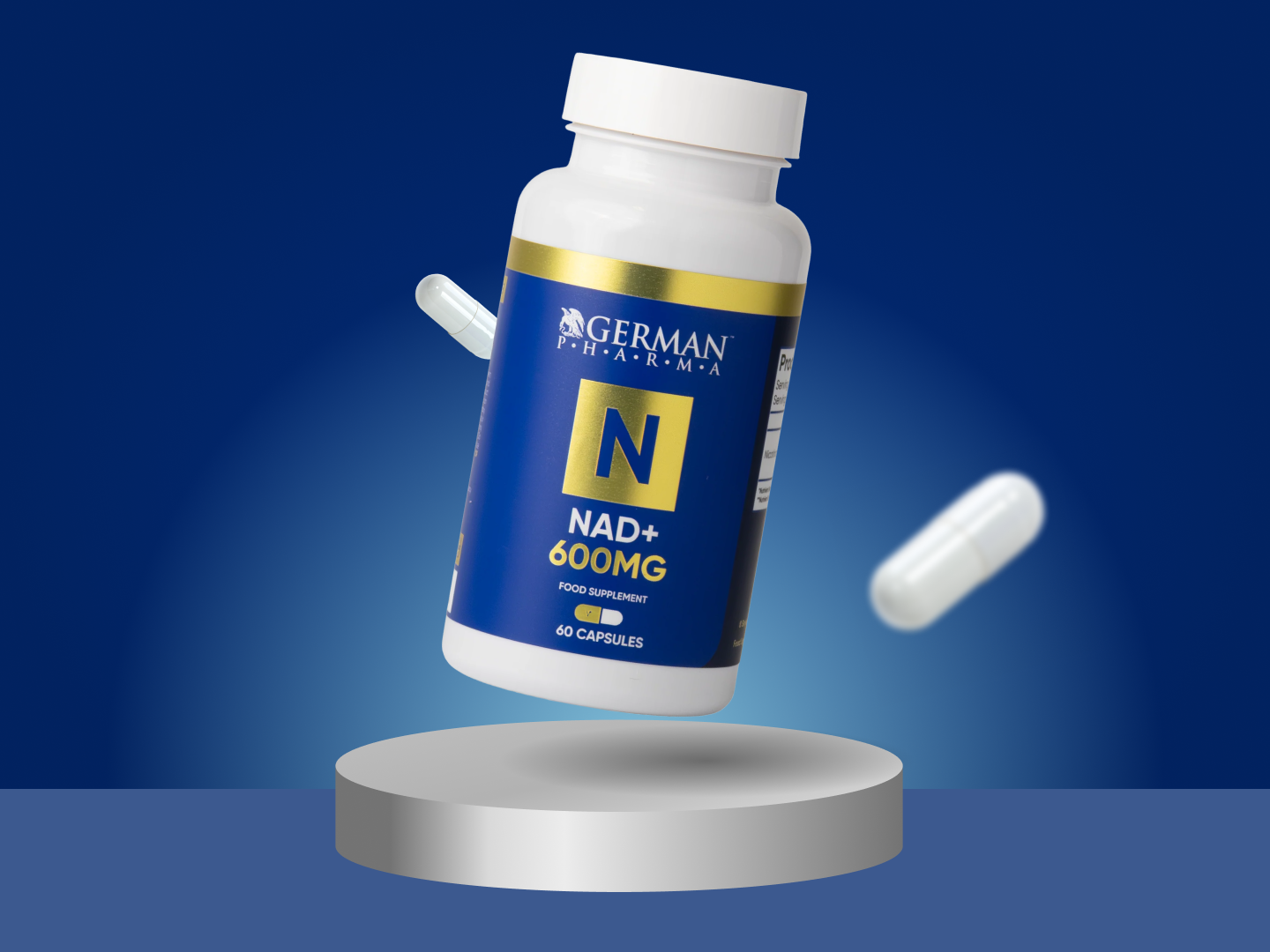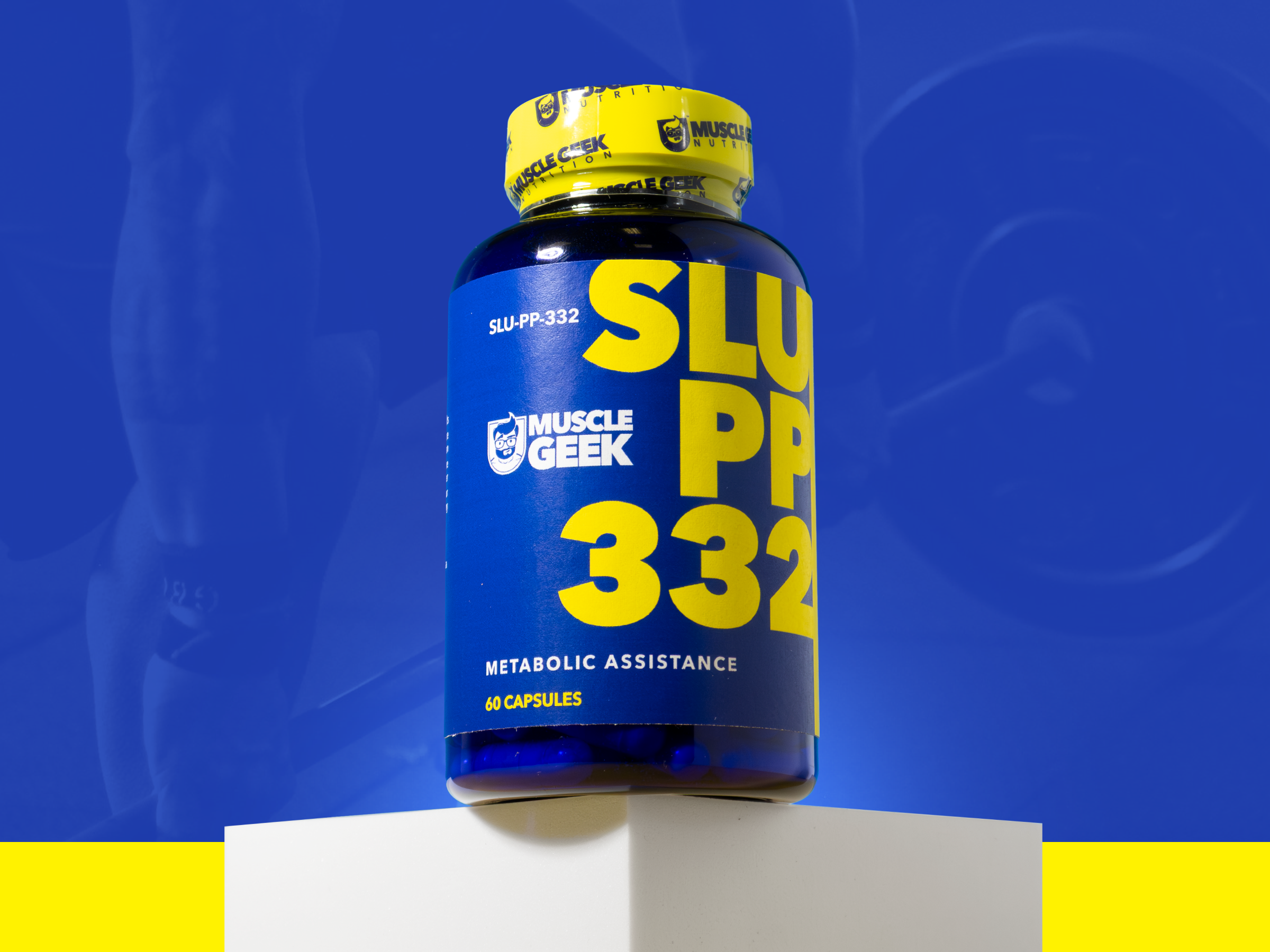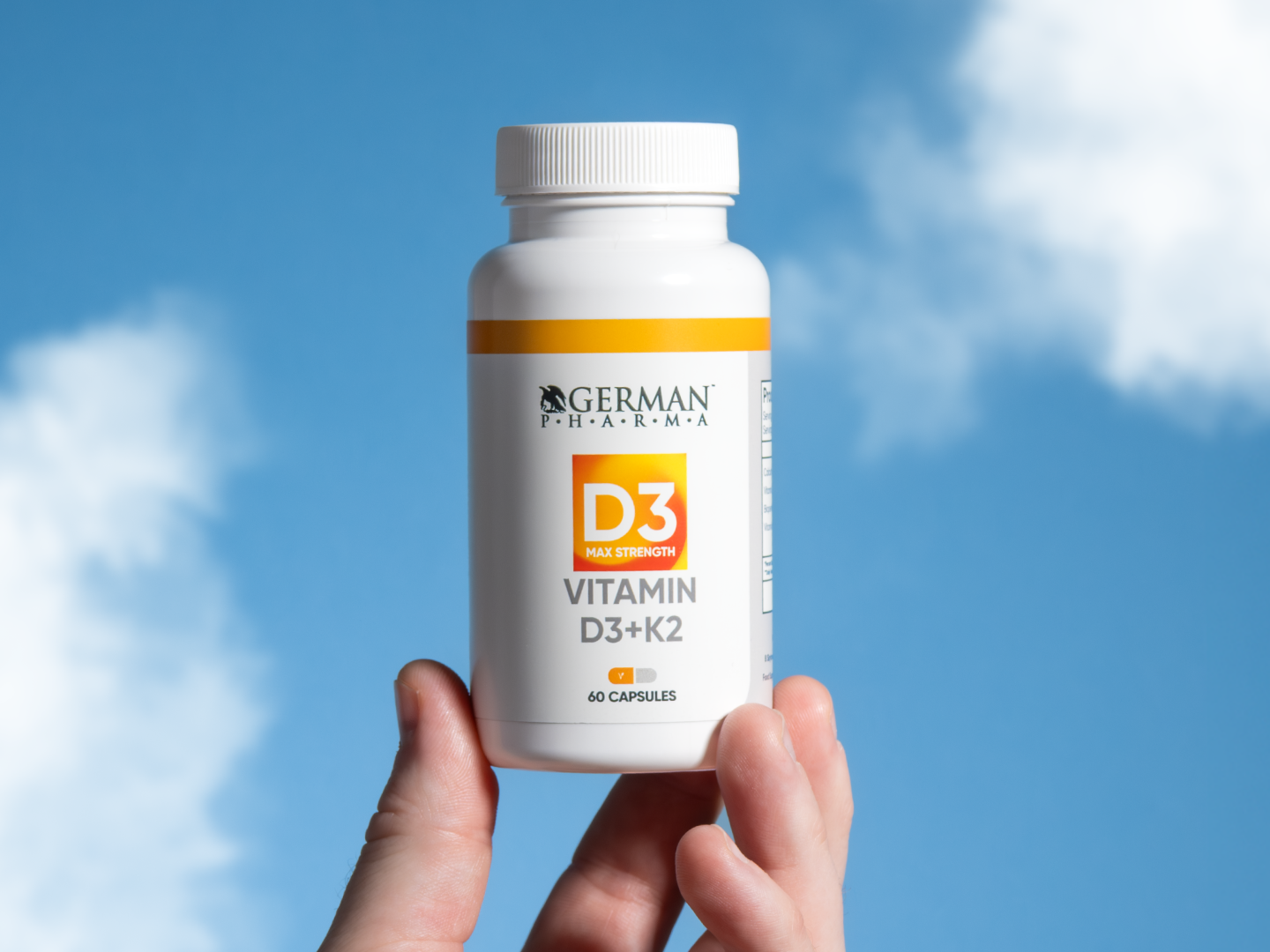In the world of health and longevity, one molecule often steals the spotlight: NAD+. It’s a crucial player in countless biological processes, and its potential connection to aging has made it a hot topic. But what exactly is NAD+, how does it work, and is it truly the key to reversing the clock?
What Does NAD+ Stand For?
NAD+ stands for Nicotinamide Adenine Dinucleotide. That's a mouthful, but the name breaks down the molecule's structure: it's composed of two nucleotides joined together, with one containing nicotinamide (a form of vitamin B3) and the other containing adenine. The 'plus' sign in NAD+ simply indicates the molecule's oxidized state, which is its active form.
It's such a fundamental molecule that scientists have referred to it as the "master regulator" of metabolism.
How Does NAD+ Work?
NAD+ functions primarily as a coenzyme—a "helper" molecule that assists enzymes in performing their jobs. It's essential for two major types of reactions in the body: redox reactions and non-redox reactions.
Energy Production (Redox Reactions)
This is perhaps NAD+'s most famous role. It's vital for cellular respiration, the process where cells generate energy (ATP) from the food we eat.
- NAD+ acts as an electron carrier. It accepts electrons during metabolic reactions, becoming reduced to NADH (the 'H' stands for hydrogen).
- NADH then travels to the mitochondria (the cell's powerhouses) and "drops off" these electrons to drive the production of ATP, the main energy currency of the cell.
Without sufficient NAD+, this entire energy-generating process stalls, leading to cellular dysfunction and fatigue.
Cellular Repair and Signaling (Non-Redox Reactions)
NAD+ is also an essential substrate (fuel) for several key enzymes involved in cellular maintenance:
- Sirtuins: Often called "longevity genes," sirtuins require NAD+ to function. They regulate processes like DNA repair, gene expression, and inflammation.
- PARPs: These enzymes use NAD+ to help detect and repair damaged DNA, playing a critical role in maintaining genomic stability.
In essence, NAD+ acts like a crucial battery, powering both the cell's energy creation and its repair mechanisms.
Will NAD+ Reverse Aging?
This is the multi-million dollar question. While NAD+ is intimately linked to longevity, the answer is complex: NAD+ isn't a proven "fountain of youth" but a powerful component of the anti-aging toolkit.
The Link Between NAD+ and Aging
Scientific research has consistently shown that NAD+ levels naturally decline with age. This decline, which can be as much as 50% by middle age, is theorised to be a primary driver of aging because it directly impairs the functions mentioned above:
- Less Energy: Reduced NAD+ means less efficient ATP production, leading to age-related loss of muscle function and vitality.
- Less Repair: Lower NAD+ means sirtuins and PARPs are less active, slowing DNA repair and increasing cellular damage and inflammation.
The logic is compelling: if low NAD+ drives aging, then restoring those levels should slow it down, or perhaps even "reverse" some aspects.
In conclusion, NAD+ doesn't reverse aging, but it is critical for maintaining cellular health and repair. Ensuring sufficient NAD+ levels through lifestyle and potentially supplementation could support a healthier, more vibrant aging process.





Leave a comment
All comments are moderated before being published.
This site is protected by hCaptcha and the hCaptcha Privacy Policy and Terms of Service apply.